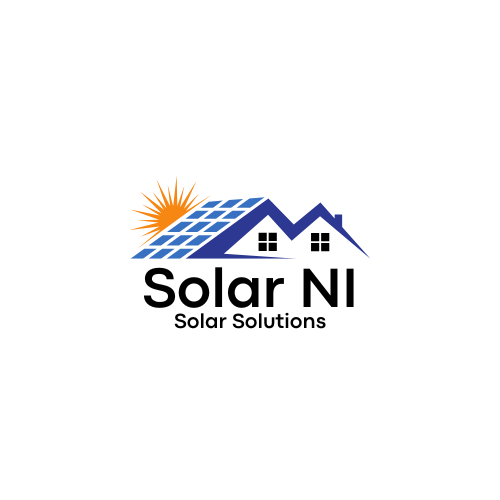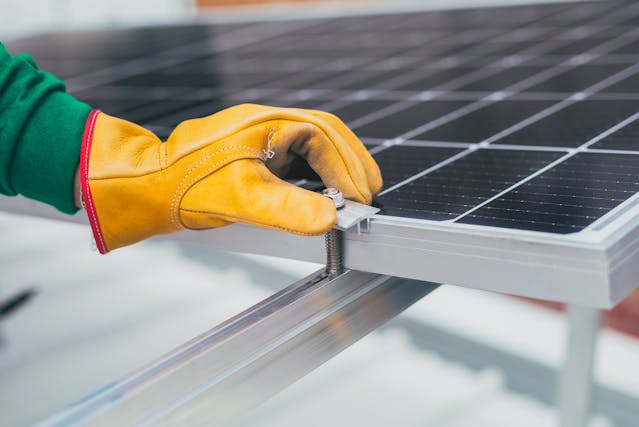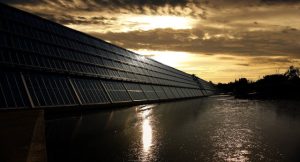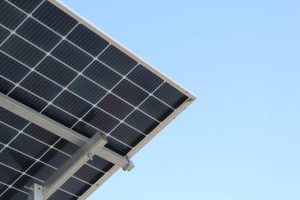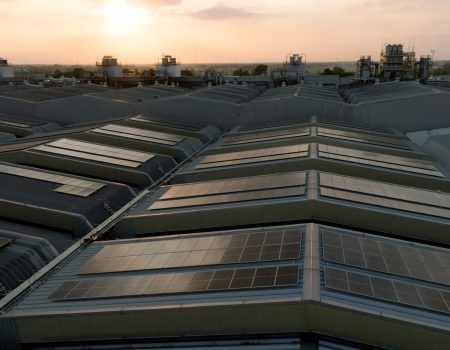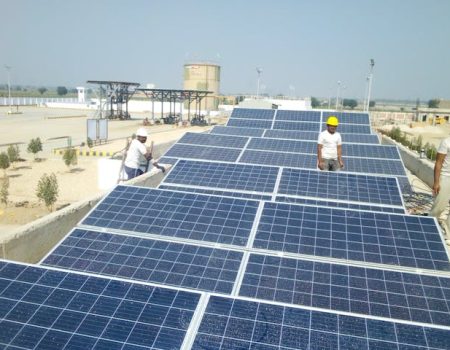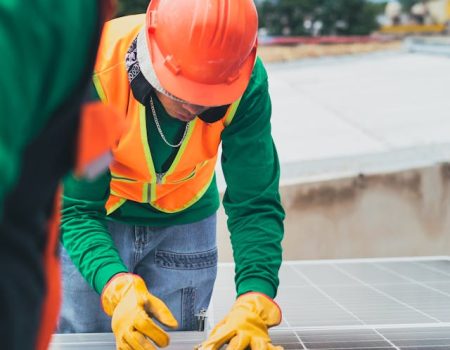When considering solar energy in Belfast, several local conditions—cloud cover, roof orientation, space, energy demand, and planning permissions—shape which solar set‑ups make the most sense. Here are five of the best solar panel configurations for homes and small businesses in Belfast, together with tips to help you pick the right one.
1. 2‑3 kWp Compact Rooftop System (Small Home or Flat)
- Ideal for: One‑ to two‑bedroom flats or small terraced homes with modest electricity use (e.g. lighting, small appliances).
- What you get: Usually about 5–8 high‑efficiency panels (≈ 300‑400 W each), needing ~9‑15 m² roof space.
- Why it works in Belfast: Limited roof space is common. A smaller system keeps costs down while still giving a meaningful reduction in your electricity bill.
- Considerations: South‑ or southeast‑facing roof works best; if you face east/west, get panels with shade tolerance or use optimisers.
2. 4‑5 kWp Mid‑Size Home System with Battery Backup
- Ideal for: Medium sized homes (3‑4 bedrooms), perhaps with higher usage (multiple occupants, electric heating or EV charging).
- What you get: Likely 10‑13 good‑wattage panels, with a battery storage module that allows you to store surplus energy and use it in evenings or over cloudier days. Roof space ~20‑26 m².
- Key benefits: Greater self‑consumption of your own electricity, reduced reliance on the grid during peak tariff times. In Belfast, with variable weather, battery backup smooths output.
3. Large Home/High Demand System (6‑8 kWp + EV Focus)
- Ideal for: Large detached homes, households with electric vehicles, or those using heat pumps.
- What you get: 15‑20 panels or more; roof area of ~30‑40 m²; robust inverter; possibly dual orientation (some panels south, some east/west) to spread generation over the day. Battery capacity likely 5‑10 kWh or more.
- Why worthwhile: Can cover most of your electricity demand, and help with charging EV from solar rather than buying all power from the grid.
4. Ground‑Mounted or Ancillary Roof System (Outbuildings, Garages)
- Ideal for: Properties with little main roof space, or where the main roof is shaded or poorly oriented. Also useful if you have garages, sheds, or land available.
- What you get: Panels installed on ground frames or tilted structures on sheds/outbuildings; possibly smaller array or a supplementary array to the main system. Could feed into main inverter or use separate micro‑inverters.
- Considerations in Belfast: Need to check local planning rules (especially if visible from public roads or near heritage buildings). Also, costs for trenching and wiring vs rooftop mounting.
5. Hybrid / Grid‑Interactive System with Export Tariff & Smart Management
- Ideal for: Homes wanting maximum value, and willing to invest in smart features. Could be mid or large system.
- What you get: Solar PV + battery + smart inverter + export meter + load diversions (e.g., for hot water) + possibly EV charger integrated. Oversizing roofs to make full use of available south/west facing surfaces.
- Why this is great in Belfast: Because of shorter daylight hours and variable cloud cover, making the most of every kWh and exporting surplus (where tariffs allow) improves economics. Also, smart systems help match generation to consumption more closely.
Key Factors for Belfast to Bear in Mind
- Roof Orientation & Shading: South facing gives best yield; east/west spreads the output; roof pitch ideally 30‑45°. Shading (trees, chimneys) reduces output significantly.
- Local Regulations & Permissions: Most domestic rooftop systems up to ~4‑5 kWp can be installed under permitted development but anything larger, very visible, or in conservation areas/listed buildings may need planning permission.
- Roof Space & Panel Efficiency: Larger, higher‑efficiency panels (e.g. 400+ W) let you get more power in less area. Useful if roof space is constrained.
- Economics & Payback: Check not just purchase and install cost, but expected energy savings, export tariffs, battery costs, and maintenance. In Belfast, higher winter energy consumption and less sunlight mean payback times may be longer, so size and system design matter.
Conclusion
There’s no one‑size‑fits‑all when it comes to solar in Belfast, but by considering your home size, energy usage, roof orientation and budget, one of the five setups above is likely to fit very well. Whether you go for a compact 2‑3 kWp array or a full hybrid system with battery storage, the right setup can lower bills, increase energy independence, and help Northern Ireland move toward its clean energy goals.
For a custom assessment, contact Solar NI and we can help you design the perfect solar panel set‑up for your Belfast home or business.
